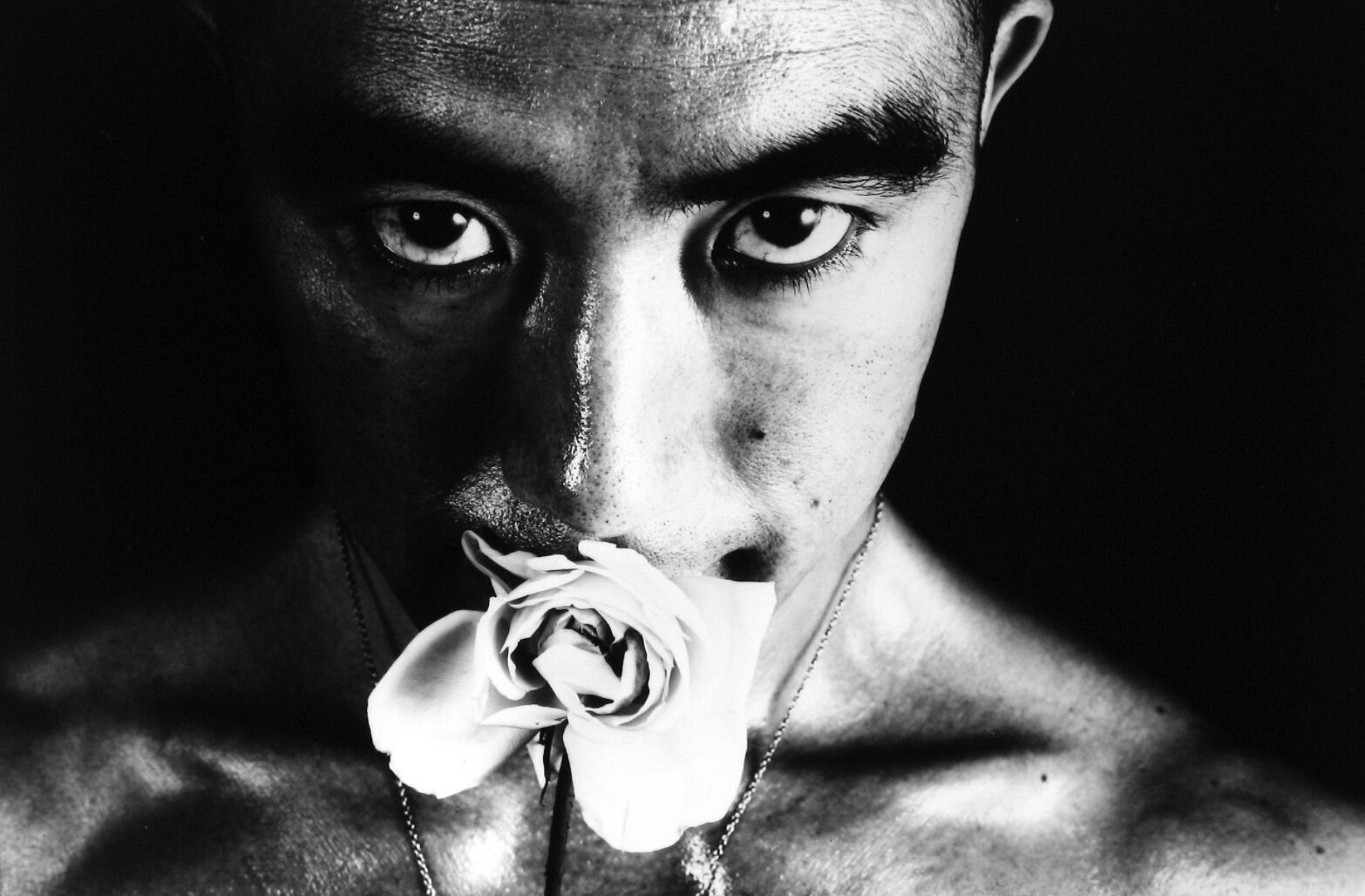
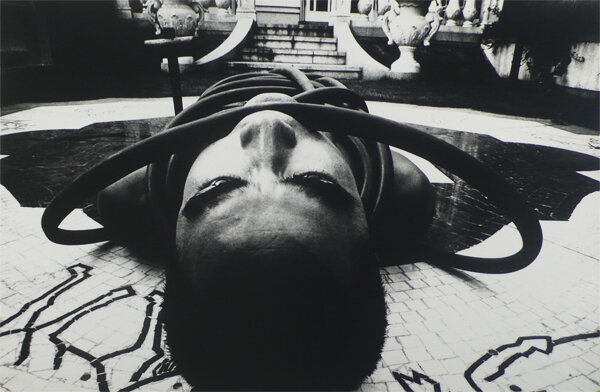
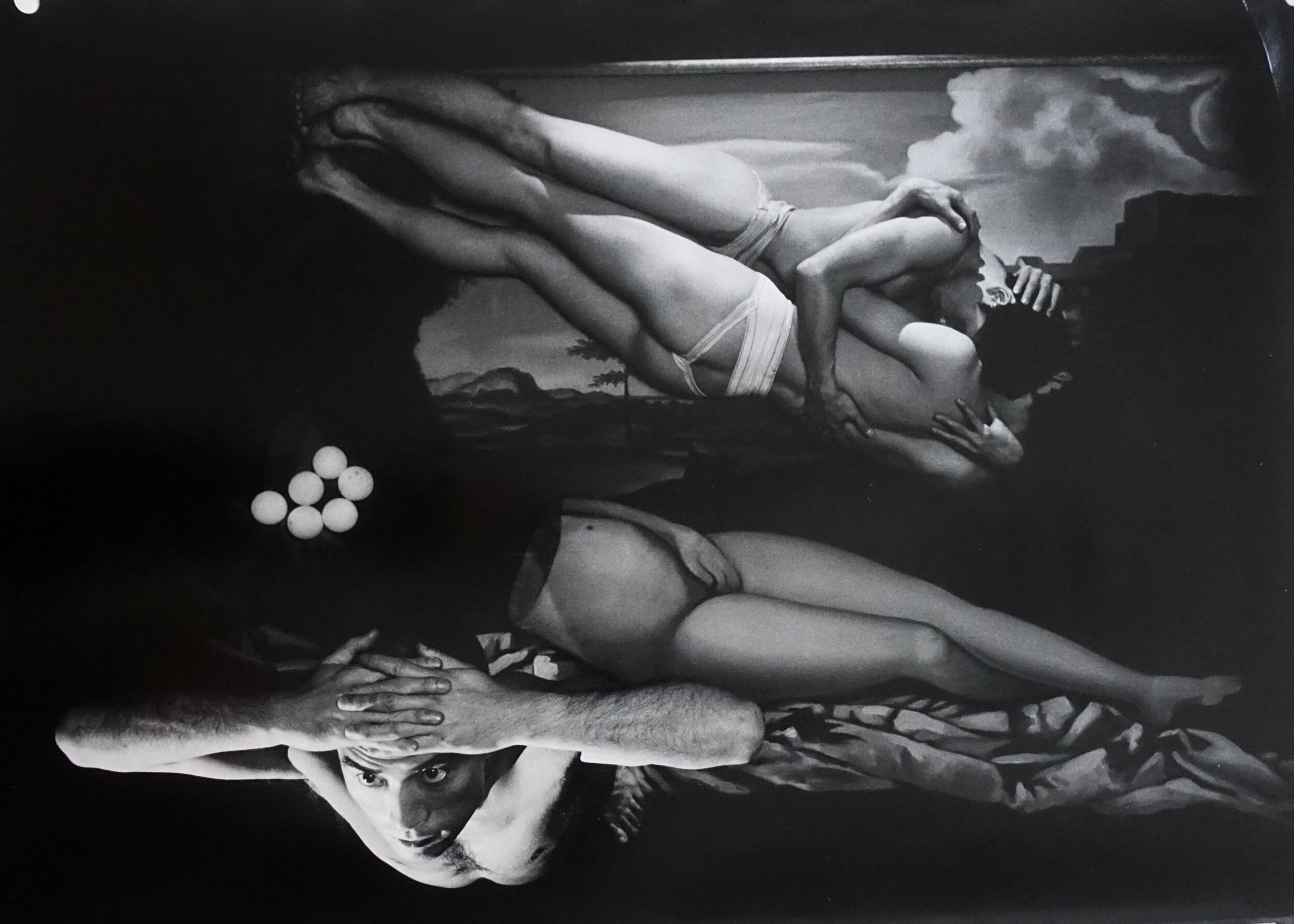
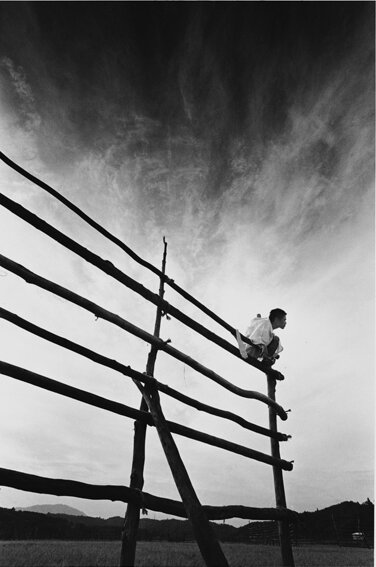
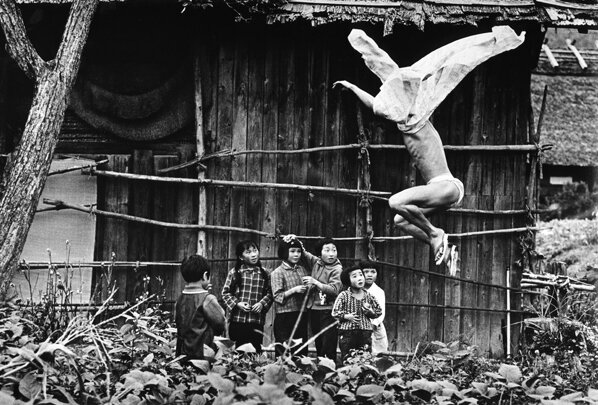
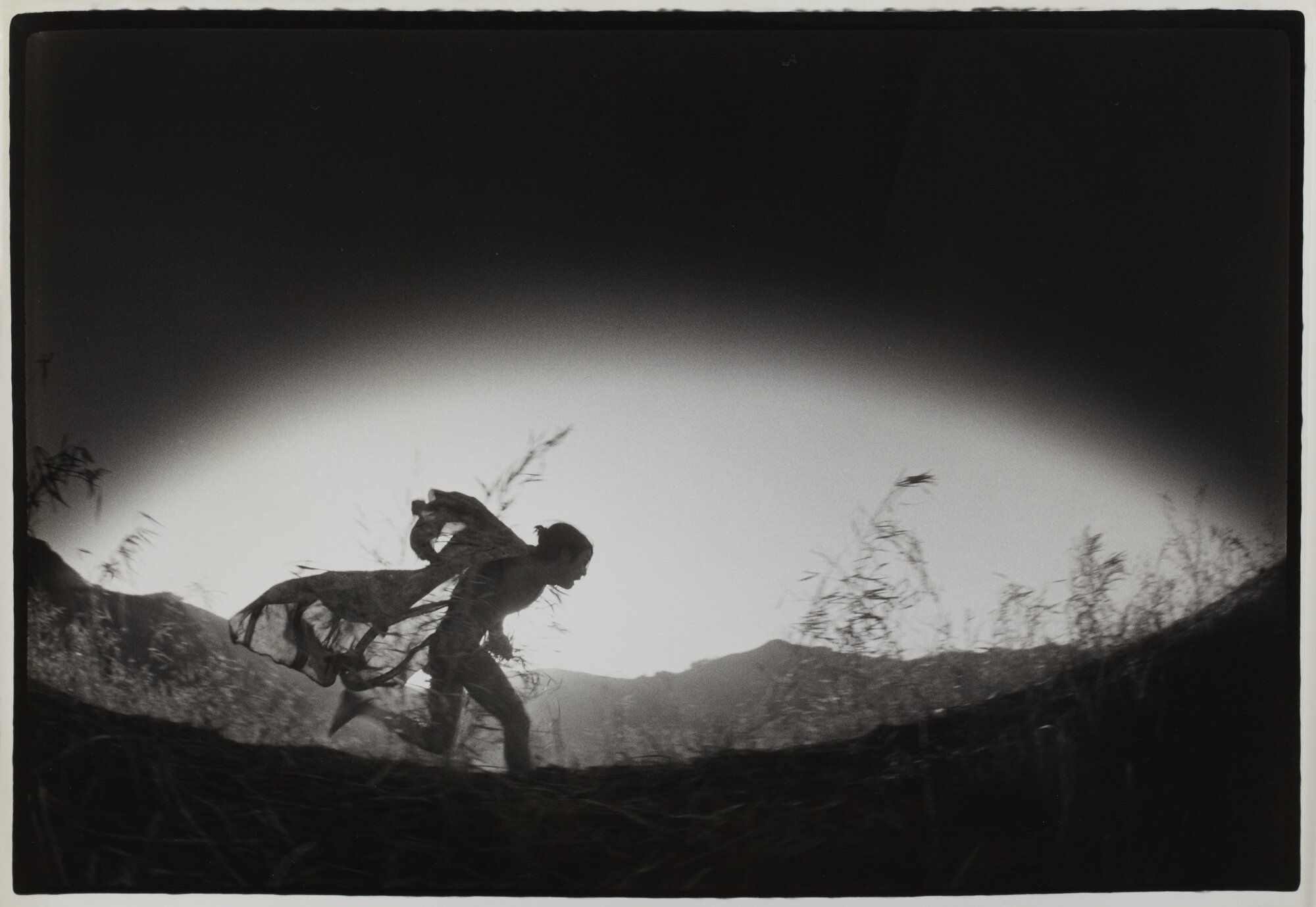
Courtesy of Michael Hoppen Gallery
Over the next few months, our Featured Photographers series will present a selection of Japan’s most influential and revered photographers, in collaboration with Michael Hoppen Gallery, London.
We begin with the legendary Eikoh Hosoe, focusing on his iconic work from the 1960s in which he collaborated with other renegades in his avant-garde circle of artists. The Golden Sixties in Japan was a time of unprecedented economic and societal transformation and Japan rapidly emerged from a war-torn past to become the second largest economy in the world. Eikoh Hosoe came into his life as an artist in the midst of this complex era and was an integral part of the highly conceptual, radical art making of that time.
Hosoe studied at the Tokyo College of Photography. While still a student, Hosoe won the 1951 Fuji Film Award and joined the artist collective Demokrato, the first of a series of experimental collectives through which his vision permeated an aesthetic across multiple artistic mediums. In 1961 he began a collaborative series with the brilliant and controversial Yukio Mishima, considered one of the most important Japanese writers of the 20th century. Over a two year period they created a sensational series of images, eventually titled Barakei (Ordeal by Roses) by Mishima, who described working with Hosoe as: The world to which I was abducted under the spell of his lens was abnormal, warped, sarcastic, grotesque, savage, and promiscuous . . . yet there was a clear undercurrent of lyricism murmuring gently through its unseen conduits. Mishima gave Hosoe complete artistic freedom during their shoots while also incorporating elements from his favorite works of art, including classical European paintings by Georgione and Botticelli. Hosoe’s assistant at the time, Daido Moriyama, helped to bring Hosoe's dark and dramatic vision to life with his skill and ingenuity in the darkroom.
In 1965, Hosoe began a collaboration with Tatsumi Hijikata, a choreographer and founder of Butoh dance. Like many of their artist contemporaries, they sought respite from the modernization of contemporary Japanese life and decided to work in the rural countryside area where they had both been born. Hosoe photographed Hijikata's spontaneous interactions with the landscape, villagers, and children as Hijikata embodied the legendary form of kamaitachi, a weasel-like demon who haunts the rice fields and slashes his victims with his sickle-like limbs in a whirlwind attack. The surrealistic, darkly magical imagery that emerged became an influential, early exemplar of the unique interdependency of photography and performance art, while the two artists simultaneously enacted an investigation of Japanese society that was both personal and responsive to the great societal transformation of their era.
In September 2005, Eikoh Hosoe was a visiting artist for PhotoAlliance. During that time he presented a public lecture on his career in photography and visited the Inverness, California atelier of Steven Brock. Steven assisted Eikoh in producing one of his first editions of digital prints of the acclaimed Kamaitachi #36. This limited edition series was printed uniquely for PhotoAlliance on archival paper and signed and numbered by the artist.
PhotoAlliance has one remaining Eikoh Hosoe print available through our collector print program, click HERE for more information.
20% discount for May and June 2021 only.

